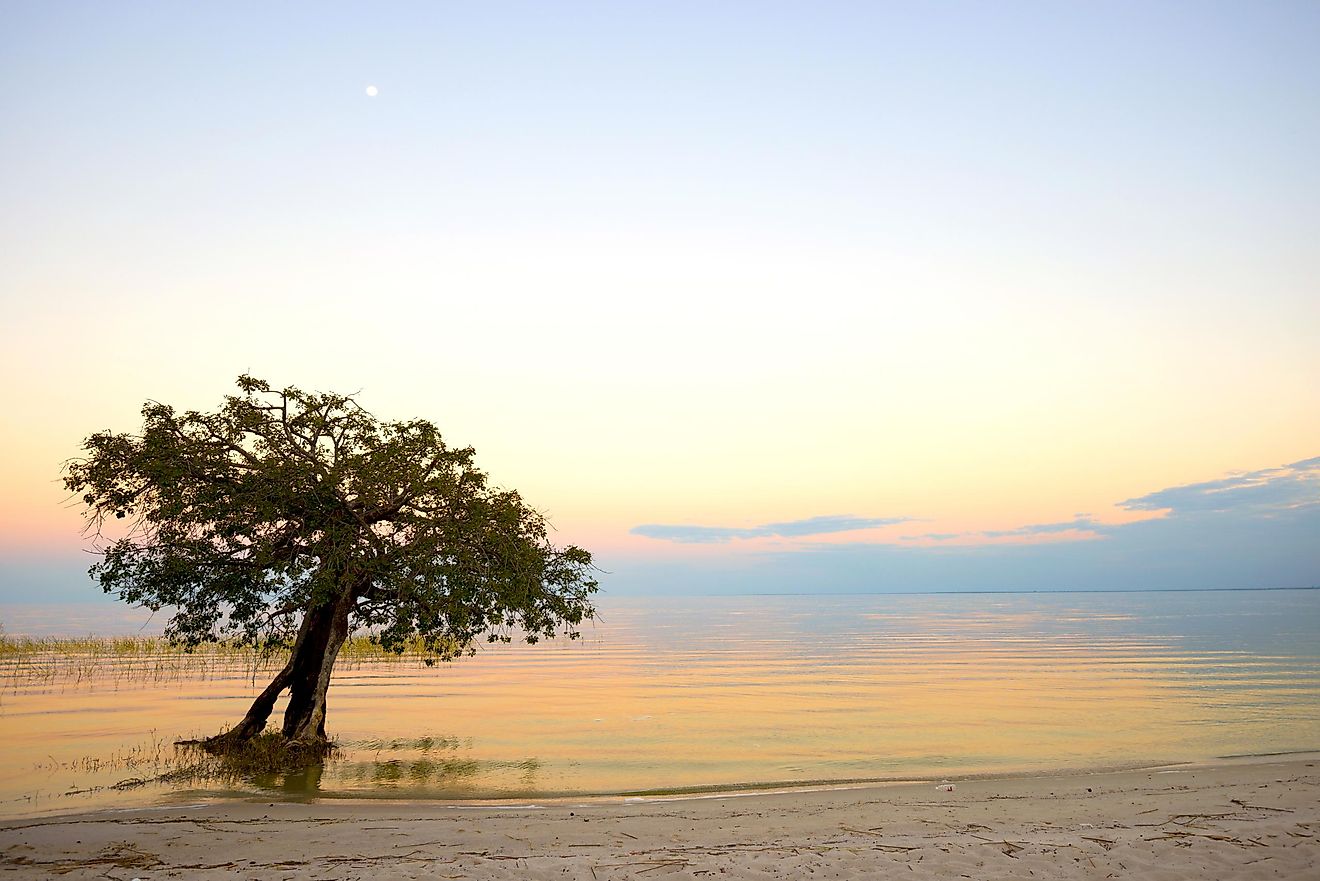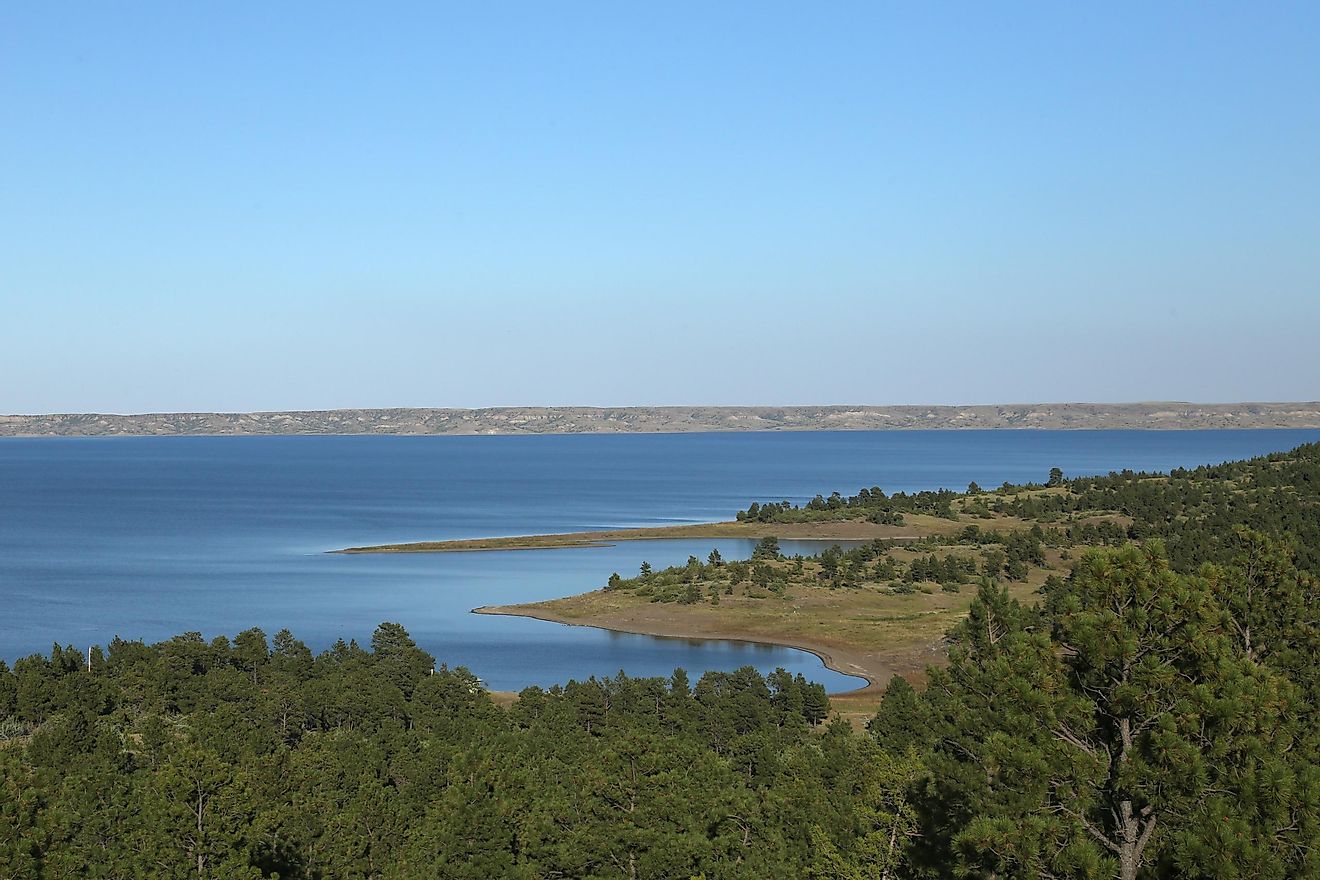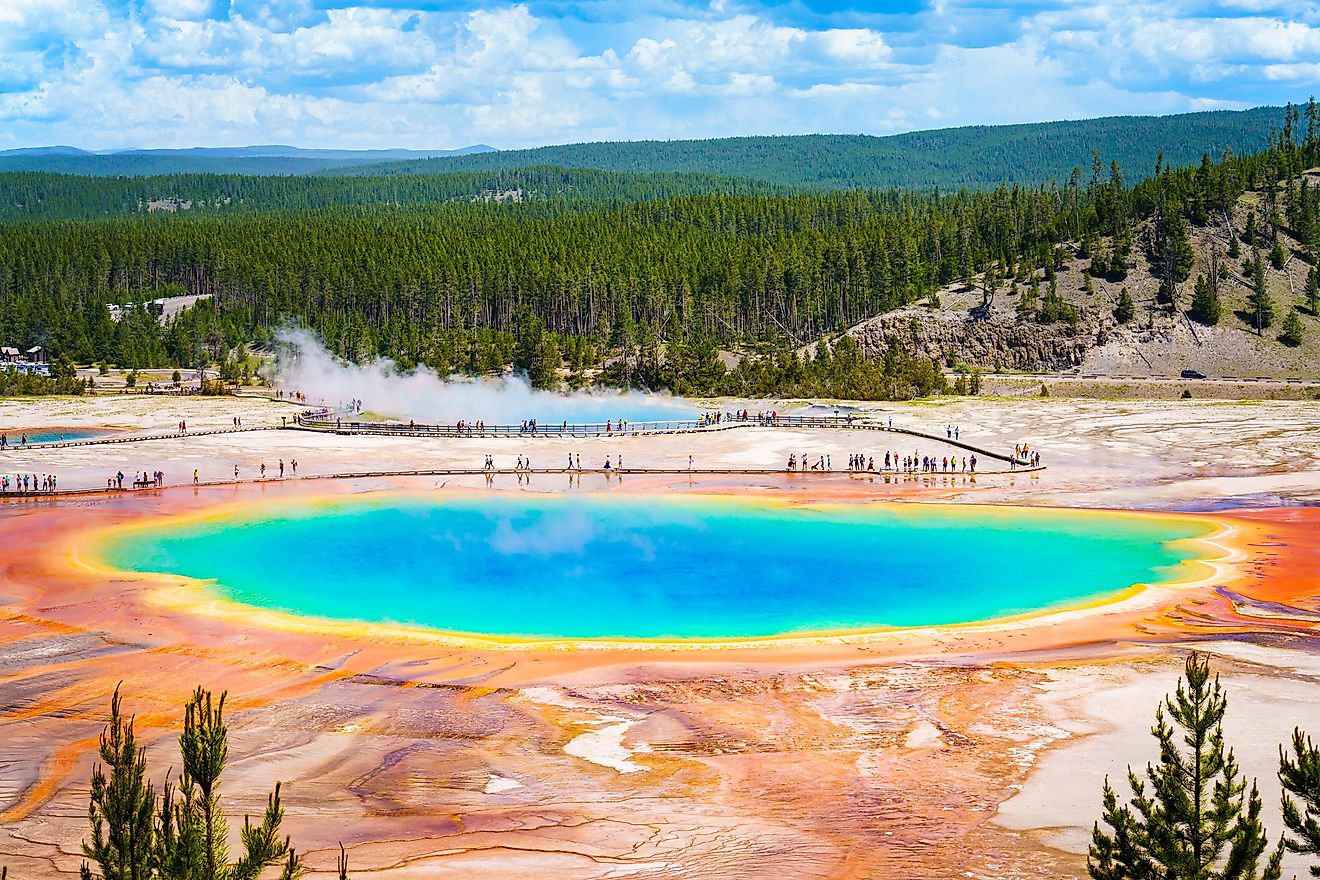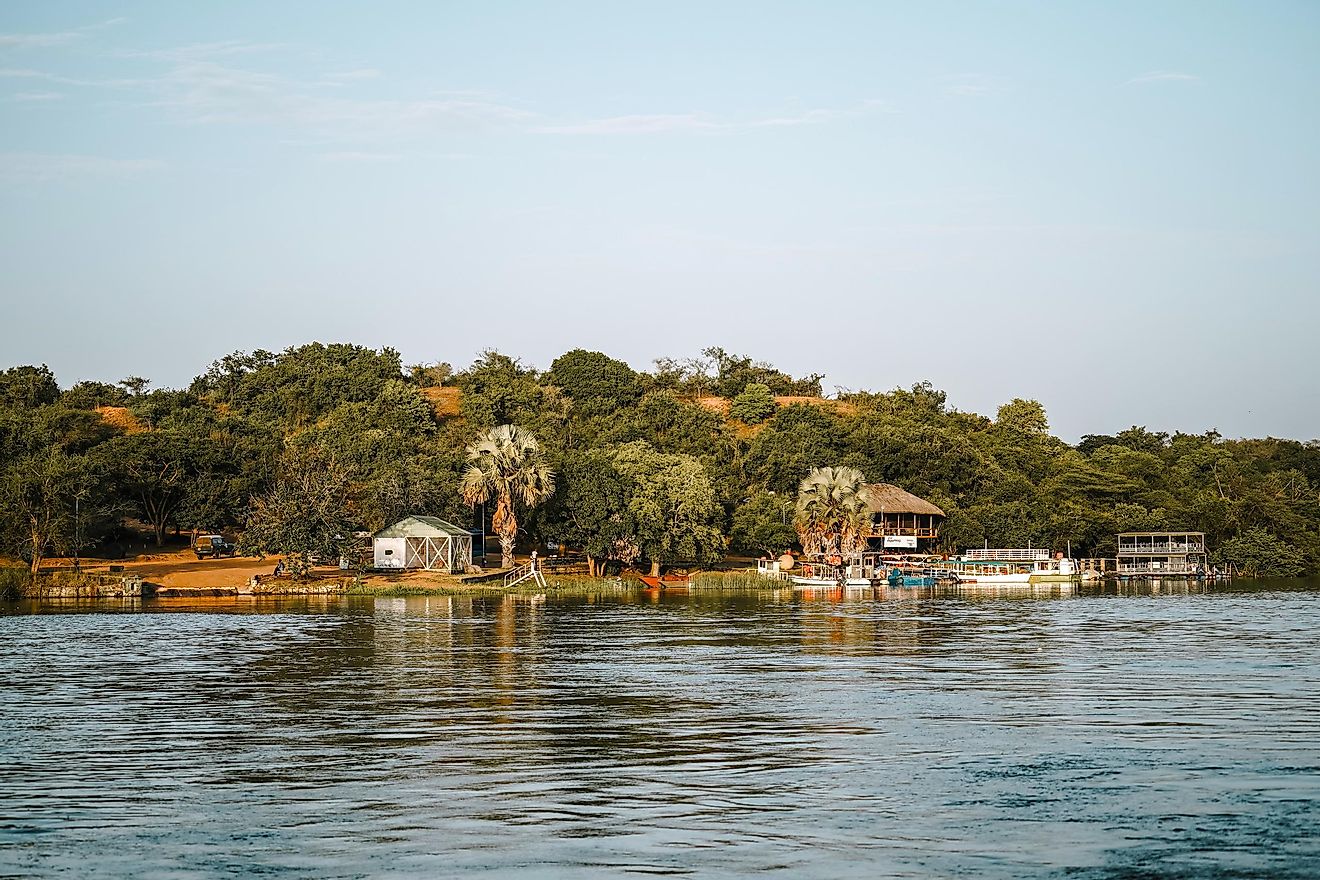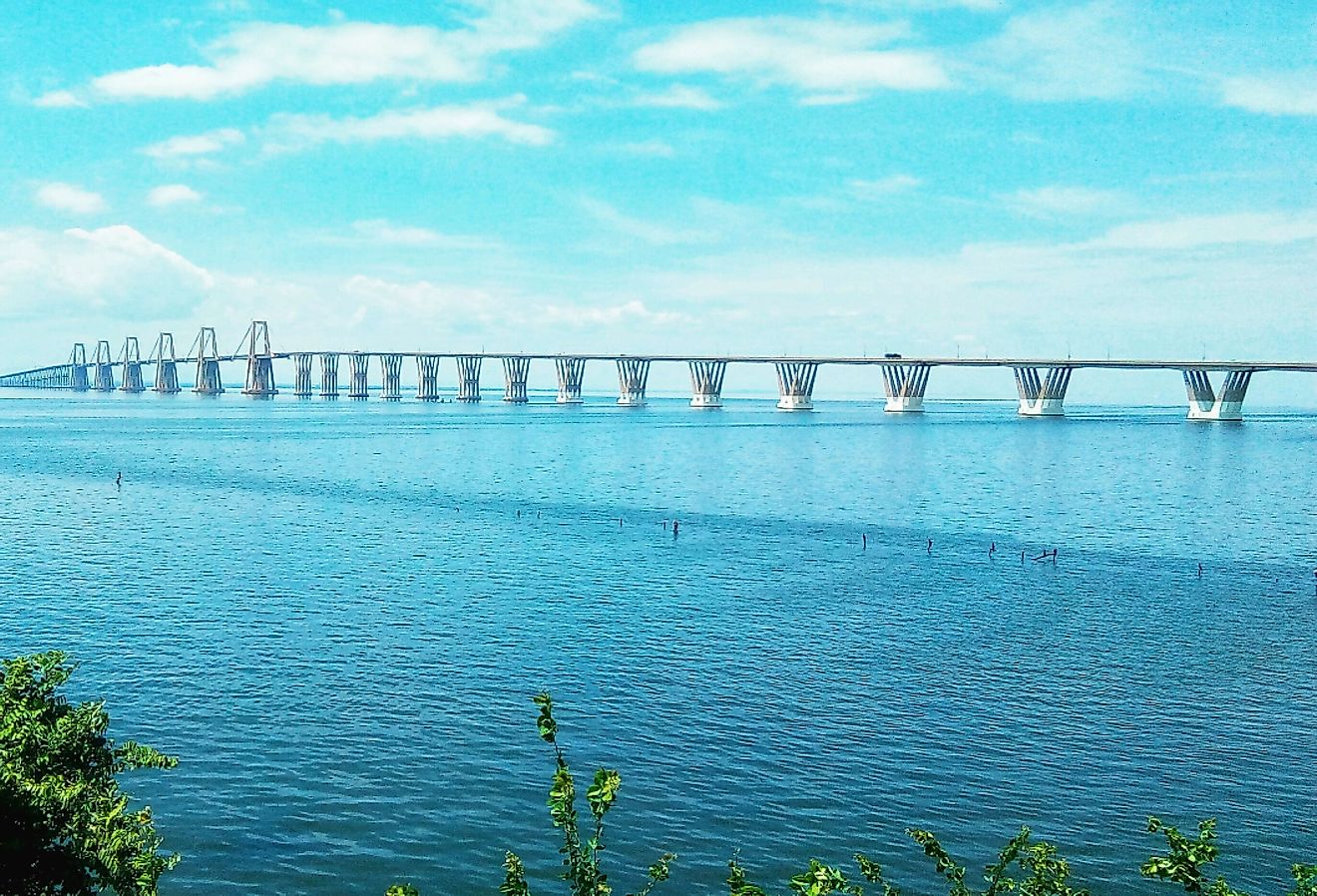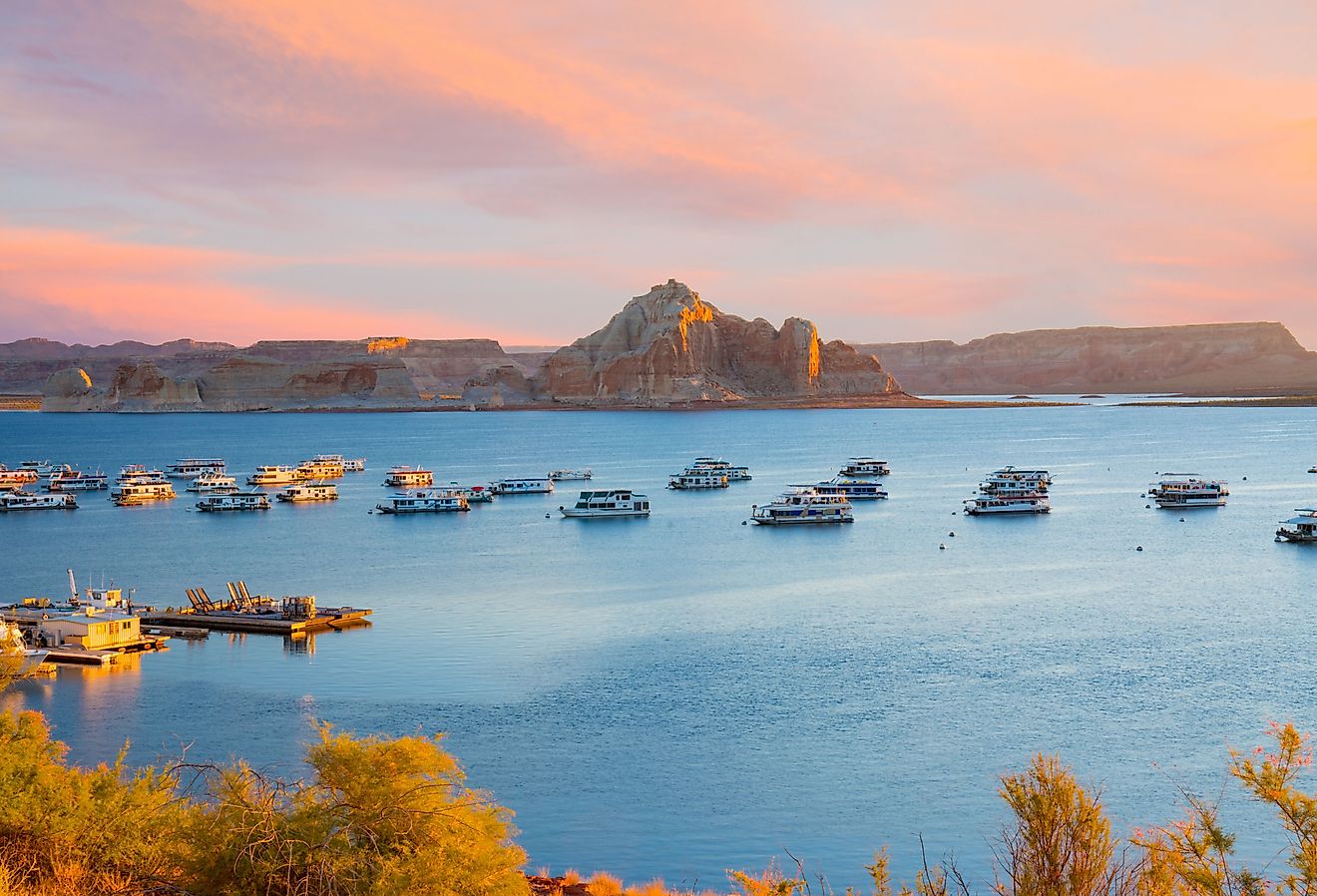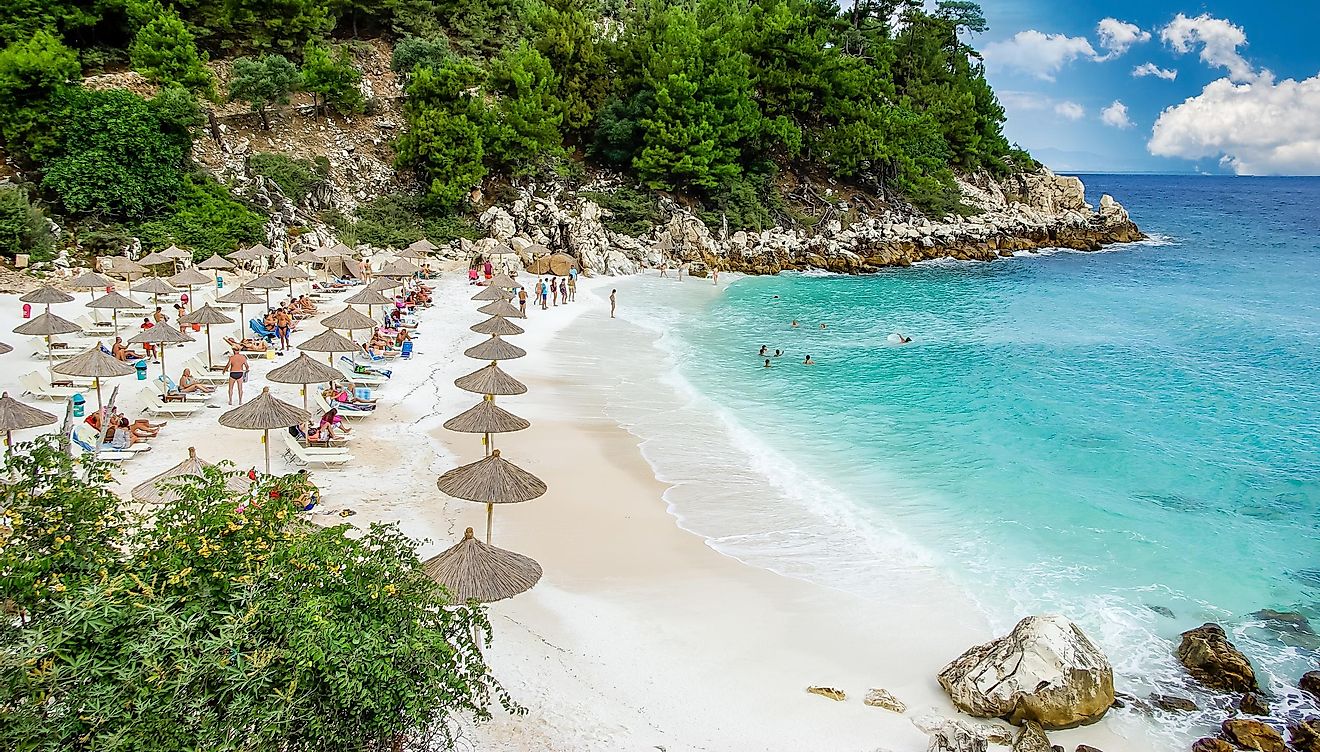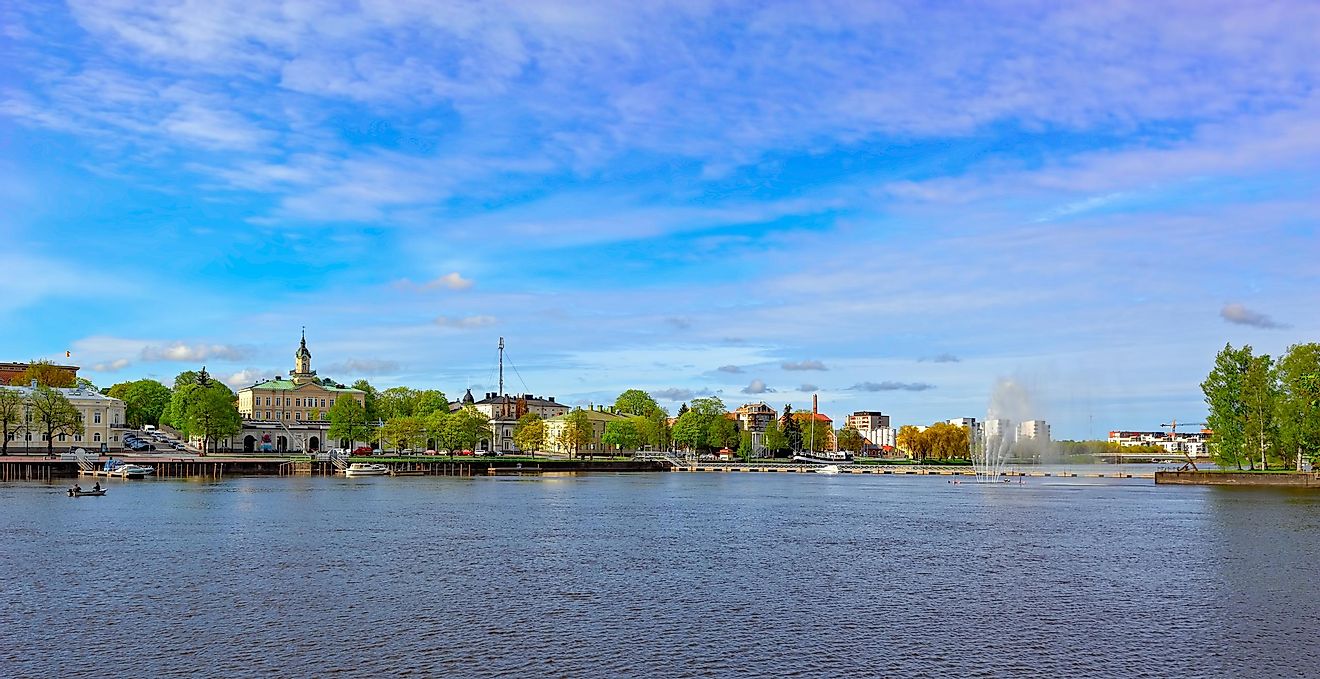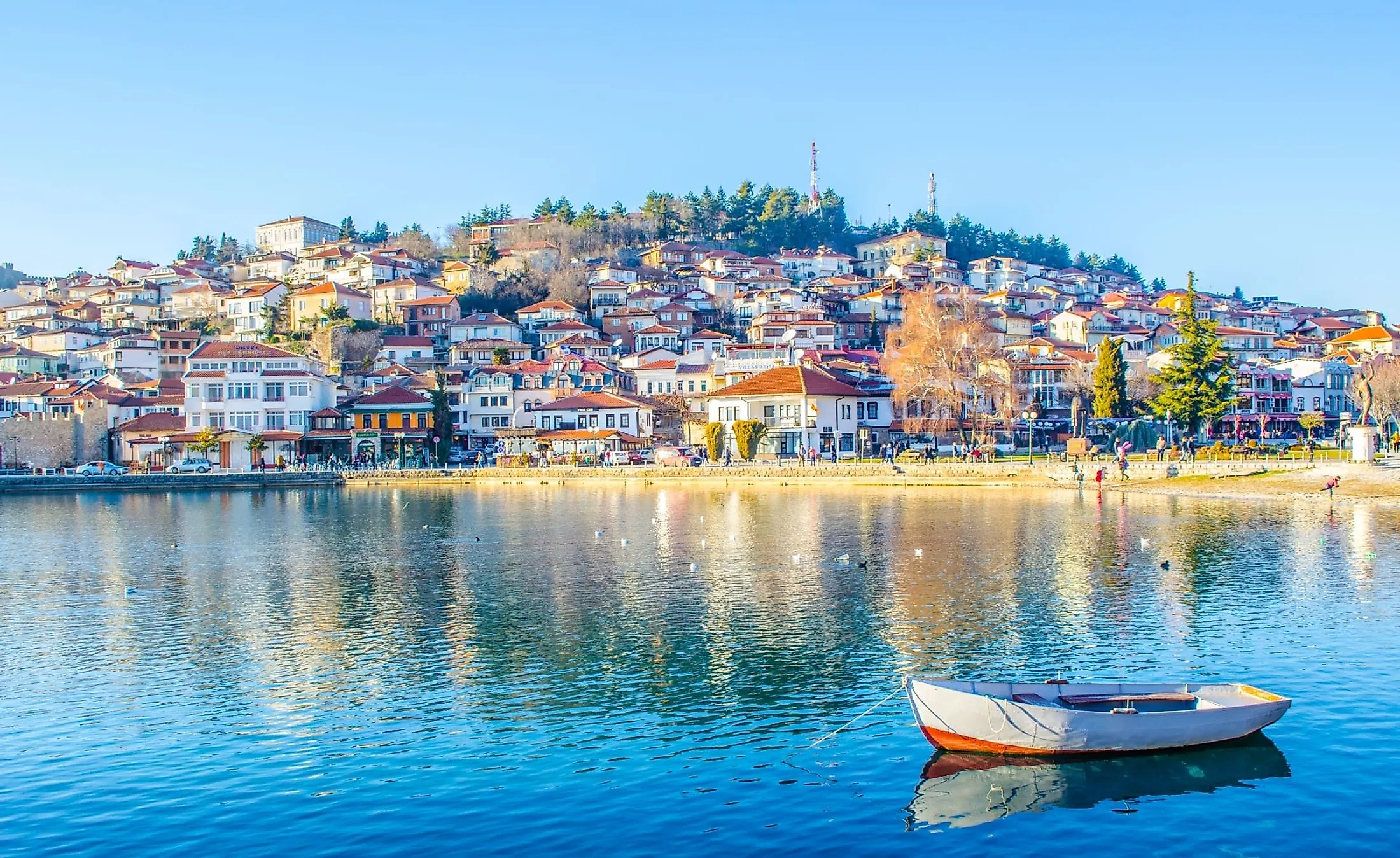
Lake Ohrid
Lake Ohrid is one of the world’s deepest and oldest lakes, thought to be 4-10 million years old. It is the deepest lake in the Balkan Peninsula, with a maximum depth of 288 meters. Ohrid is a transboundary lake located in the mountainous region between Albania and North Macedonia. The lake and its surroundings boast of unique plant and animal life, Byzantine churches, and prehistoric ruins, making the region a place of cultural, historic, and natural significance. It is designated a UNESCO World Heritage Site in both countries and declared a Ramsar Site on the Albanian side. The lake’s amazing mountain views and clear water also add to its beauty and popularity as a tourist destination.
Location
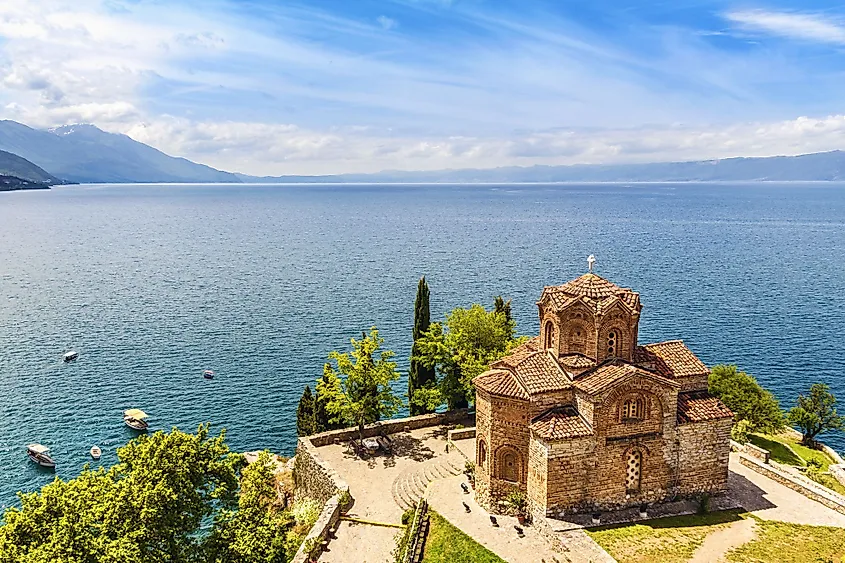
Lake Ohrid is an old lake in Southern Europe, located in the Balkan Peninsula between eastern Albania and southwestern North Macedonia. The lake is in a North-South direction, with almost two-thirds of its surface area in North Macedonia and the rest in Albania. The Albanian Ohrid Lake is the western portion of Lake Ohrid and an important water body in Pogradec and Udenisht Municipalities in Korce County, Albania. This portion of the lake stretches from the Bay of Lin on the north across Pogradec City, Memelisht, Piskupat, and Buqeze to the Albania-New Macedonia’s southern border. More than half of the lake’s surface area lies in southwestern North Macedonia between Ohrid and Struga Municipalities. The part of the lake also extends into Debarca Municipality. Lake Ohrid is bordered on the southeast by Lake Prespa, another transboundary lake shared by Greece, North Macedonia, and Albania.
Geography
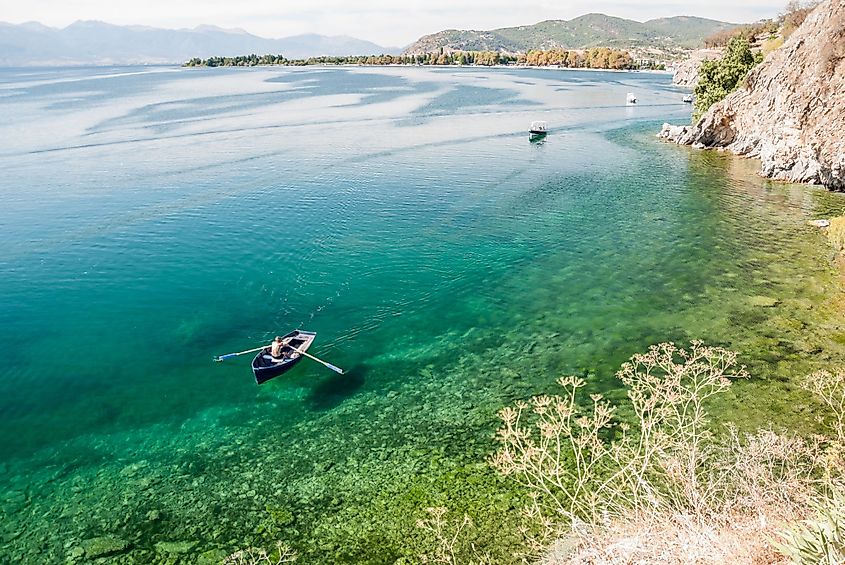
Lake Ohrid is the third-largest lake in Southern Europe and second-largest in the Balkan Peninsula after Lake Skadar. The lake is 36.4 kilometers long, 16.8 kilometers wide, and covers a surface area of approximately 358 square kilometers. More than two-thirds of the lake’s surface area (248 square kilometers) is a North Macedonian territory, and 110 square kilometers belong to Albania. Ohrid is Europe’s deepest lake, with a maximum depth of 288 meters, although it has a mean depth of 155 meters. Ladoga, Europe’s largest lake, is 230 meters deep at the deepest point and has an average depth of only 51 meters, about a third of Ohrid’s mean depth. Of the lake’s total shoreline length of 88 kilometers, 56 kilometers is in North Macedonia, and the rest is in Albania. The lake’s basin is approximately 2,600 square kilometers. It receives about half of the inflow from underground sources and another 25% from streams, rivers, and precipitation. About 20% of the underground water draining into Ohrid originates from Lake Prespa, located about 10 kilometers in the southeast and about 150 meters higher. The water leaving Prespa feed into Ohrid through the underground karstic springs. About 40% of Lake Ohrid’s water is lost through evaporation due to the dry Mediterranean climate. Another significant portion drains into the Adriatic Sea through the Black Drin River. The lake contains clear water with transparency up to a depth of 22 meters. The clear water results from the filtered karstic springs and the lake’s oligotrophic nature.
Flora and Fauna
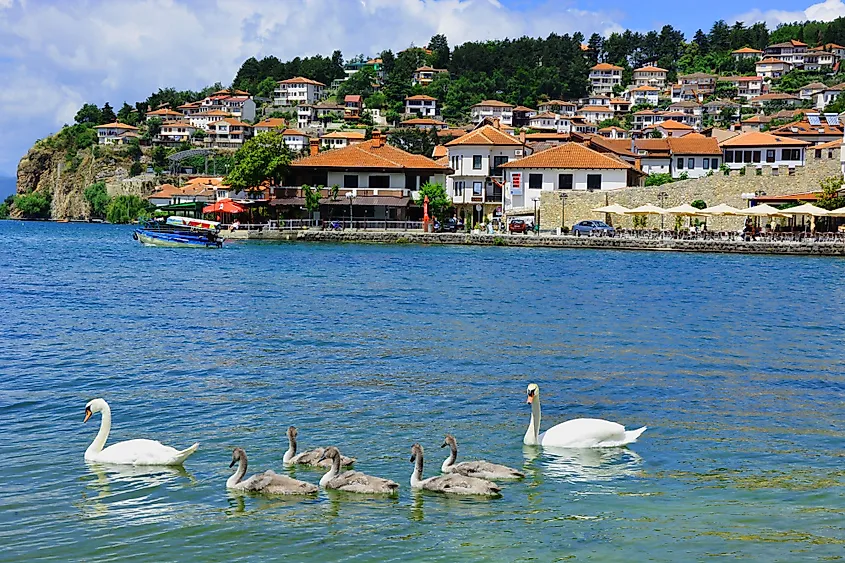
Lake Ohrid is considered the world’s most biodiverse lake. The lake once had a large wetland habitat, but much of it has been lost due to land conversion into urban and agricultural land. Currently, the remaining wetland is the Studenchishte Marsh near Ohrid City. The wetland is an important habitat for diverse plants and animal species. The lake has one of the world's largest number of endemic animal species, ranging from micro-organisms to large animals. However, large endemism is observed among planarians, sponges, mollusks, crustaceans, and sponges. The lake contains 68 freshwater snail species. Fish species found in the lake include cyprinids, Ohrid trout, and belvica. The wetland is an important habitat for several water birds, including ferruginous duck, Dalmatian pelican, spotted eagles, and swan.
